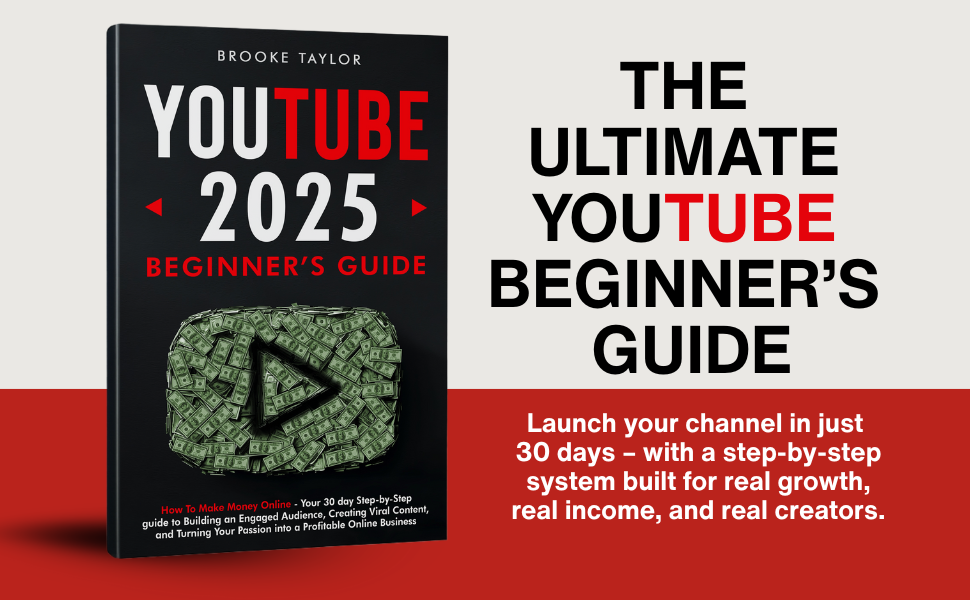Best Platforms to Sell Your Digital Products and Build Community
Selling digital products is one thing. Building a loyal community around them is another. When I first started creating digital products — guides, mini-courses, templates — I thought I only needed a checkout link and a place to upload files. I was wrong.
What I needed was a platform that could sell my digital products and also help me build relationships with my buyers. That’s when I realized the real value wasn’t in the one-time sale — it was in the ongoing engagement that turned customers into members.
After testing dozens of tools over the years, here are my top platforms for doing both: selling and building community.

Table of Contents
1. Skool – My #1 Pick for Community + Digital Delivery
I use Skool to host my paid community and deliver my digital products. It’s not just a community platform — it has a built-in classroom, checkout system, and event calendar that makes it incredibly easy to run everything in one place.
Here’s why I chose it:
- I can sell digital courses directly inside my group.
- There’s no need for third-party tools like Teachable or Kajabi.
- Every member can interact, ask questions, and stay connected — which means higher retention and repeat sales.
Setting it up took me less than a day. And once I started using it, I never looked back. Skool makes everything simple and profitable.
2. Gumroad – Great for Simple Digital Sales
Before Skool, I used Gumroad. It’s a solid option if you’re just looking to sell PDFs, eBooks, or one-off products. But it lacks community features. You can send emails and track sales, but your customers are just… customers. There’s no place for them to interact.
I still recommend Gumroad for creators just starting out, but if you want to scale or build deeper relationships, you’ll need more than that.
3. Podia – Good All-in-One Alternative
Podia offers a website builder, course platform, and community option in one. It’s beginner-friendly and less expensive than Kajabi. But in my experience, the community features feel more like a forum than a true social platform. Engagement was low, and my members didn’t stay active for long.
It’s worth testing, but personally, I found Skool far more engaging.
4. Circle.so – Clean Interface, Limited Delivery
Circle is sleek and modern. If community is your top priority and you already have another platform for selling products, it might work. But it lacks the integrated classroom and simplicity that I get from Skool.
I don’t want to juggle two platforms. I want one place where I can sell, teach, and support. That’s why I made the switch.
5. Notion or Airtable – For Freebies or Internal Use
I’ve used Notion to host free downloads and internal dashboards. It’s useful, but not made for selling. If you’re running a business, you need tools that handle payments, access, and engagement. These apps just don’t do that.
What Makes a Platform Great for Selling Digital Products?
After years of testing, here’s what I’ve learned. The best platform must have:
- Built-in payment processing
- Content hosting (video, docs, or files)
- Community features to increase retention
- Simple user experience for buyers
- Fast setup without tech headaches
For me, Skool checks all the boxes. It’s where I make my sales, teach my content, and connect with members — all in one login.
Final Thoughts: Stop Piecing Things Together
I used to run my business with a mix of Stripe, WordPress, Teachable, and Facebook Groups. It worked, but it was exhausting. Every tool had its own learning curve and monthly bill.
Once I switched to Skool, things felt easy again. I could focus on creating, coaching, and growing — not managing plugins and broken links.
If you’re serious about selling your digital products and actually building a real community, Skool is the smartest place to start. That’s what I use, and I’m earning monthly income from it right now.
One of the main reasons I moved away from using multiple tools was burnout. I spent more time managing software than actually helping my community. I was constantly logging in and out of platforms, answering support questions, or fixing checkout issues. That’s not sustainable when you’re trying to grow.
When I finally found Skool, the difference was instant. I had one login, one dashboard, and one place to manage everything. I could sell my digital courses, engage with members, and even host live calls through Zoom — all in the same hub. That’s when my business stopped feeling like a mess.
What surprised me most was how much engagement increased once I moved to a true community-first platform. Before, people would buy my digital products, consume them silently, and disappear. Now they comment, ask questions, and even help each other inside the Skool community. That’s real value.
Another reason I recommend Skool is because it works on any device. My members can log in from their phone or desktop without needing to download anything. That friction-free experience is what keeps people active and returning week after week.
If you’re selling digital products like templates, guides, or coaching programs, don’t underestimate the power of group energy. When buyers feel like they’re part of something, they’re far more likely to stick around, consume your content, and upgrade into your higher-ticket offers.
Skool also made it easier for me to build authority. As the group owner, my posts are highlighted, and I can pin important messages. That small feature helped my brand stand out and positioned me as the go-to leader inside my own community.
For digital creators like me, recurring income is key. I didn’t want to keep chasing new buyers every month. I needed a system where customers could stay, learn more, and pay monthly. That’s exactly what Skool gave me. It turned one-time buyers into members.
Another small but powerful feature is the leaderboard. It gamifies the experience for members — the more they engage, the more points they earn. I thought it was just a fun bonus, but it actually increased retention dramatically. People love seeing their name at the top.
When I share my affiliate link, I don’t just say “sign up for Skool.” I show people how I personally use it to run my business. I walk them through how I organize my classroom, how I onboard new members, and how I use the built-in calendar for live events. That transparency is what drives conversions.
I’ve helped other creators switch to Skool too. One client was spending over $300/month using multiple tools. I showed her how to do everything for $99 with Skool, and she was blown away. She even said it made her fall back in love with her business again.
If you’re on the fence, my advice is simple: try it. Here’s my personal Skool affiliate link. Use it to create your group and see how it feels. You don’t need to be tech-savvy. If I could set it up in one day, so can you.
Your digital products deserve more than a download link. They deserve a space where people can grow, ask questions, and stay connected. That’s what Skool offers — and that’s why it’s the best platform I’ve found so far.






